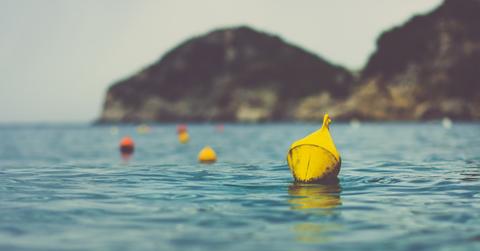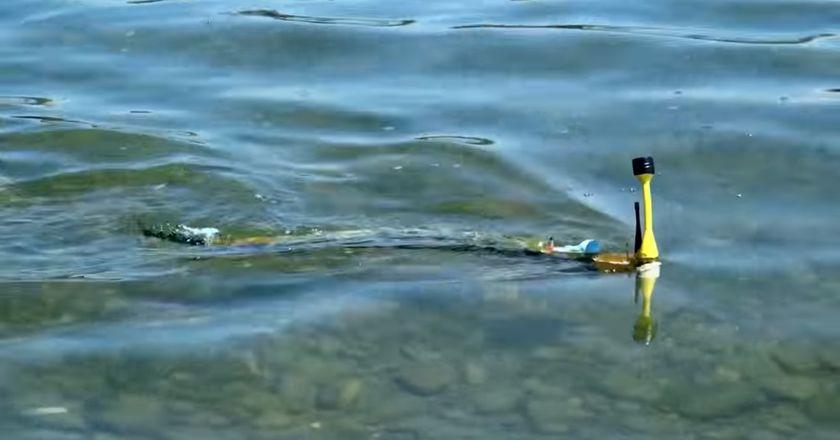How This Robotic 'Eel' Sniffs Out Pollution In Our Water
In Lake Geneva, a new tool in the fight against water pollution has recently been unleashed. Envirobot, an eel-like, swimming robot developed to sniff out the source of water pollution, is currently being tested in the Swiss waters.
Updated May 26 2019, 5:33 p.m. ET
Modern robots are truly amazing. Some, like Boston Dynamic's WildCat robot, can run faster than the fastest human on earth. Others, like Blue Frog Robotic's Buddy robot, are designed to be in-home companions that keep us company and help with daily tasks. Now, a new robot, dubbed Envirobot by its creators, has been engineered specifically to sniff out sources of water pollution.
Envirobot was designed by engineers at l’École polytechnique fédérale de Lausanne (EPFL) in Switzerland, the country's top Technology Institute, which boasts around 10,000 students and 300 professors. According to TechCrunch, these are the same engineers and robotics experts who helped bring Pleurobot (a semi-aquatic, salamander-like robot with highly realistic movements) to life. They also produced several realistic reptile robots for a BBC nature documentary--so convincingly lifelike that identifying them as robots takes a few second looks. Over the past several years, EPFL has made a worldwide name for itself by creating robots inspired by nature that can help solve problems created by people.
Envirobot is a perfect example. This eel-like robot was designed to swim, with uncannily lifelike movements. Measuring around four feet long, Envirobot's body is segmented, with each segment containing specific sensors designed to locate a particular type of water pollution. Envirobot can sense electrical, chemical and environmental disturbances in water, according to TechCrunch. Some of its body segments even contain sensors made from living organisms, according to Motherboard.
For example, one segment is filled with lab-bred, bio-luminescent bacteria which light up when they come into contact with mercury. Another segment of Envirobot contains a tiny science experiment in and of itself, in the form of two groups of near-microscopic planktonic crustaceans. One group is sealed in a compartment of clean water, while the other is exposed to the waters through which Envirobot swims. Once Envirobot makes its way back to shore, researchers can use a microscope to compare the behavior of the two crustacean groups. Unusual behavior, such as sluggishness, could be a sign of water pollution which Envirobot's other segments failed to find. Or they could serve as further confirmation of chemical or electrical disturbances picked up by other sensors.
The segments of Envirobot's body are also what enable it to swim with such lifelike precision. By pushing and pulling against one another, they allow Envirobot to "slither" through the water, like a snake or an eel. Though human's are required to place Envirobot in a body of water, the robot can pretty much take over from there, swimming on its own for as long as it is allowed, or until its battery runs out. Envirobot can be pre-programmed to swim in a specific pattern, controlled via remote, or allowed to swim autonomously.
It is this ease of movement and ability to record information from afar that makes Envirobot's creators so eager to use robots to help solve environmental problems. Auke Ijspeert, head of the Biorobotics Laboratory at EPFL, said in a news release that "there are many advantages to using swimming robots. They can take measurements and send us data in real time — much faster than if we had measurement stations set up around the lake. And compared with conventional propeller-driven underwater robots, they are less likely to get stuck in algae or branches as they move around. What’s more, they produce less of a wake, so they don’t disperse pollutants as much."
As of July 2017, Envirobot is still considered a prototype. It is currently being tested in the waters of Lake Geneva, and its creators hope to deploy it elsewhere for further testing as soon as possible.

